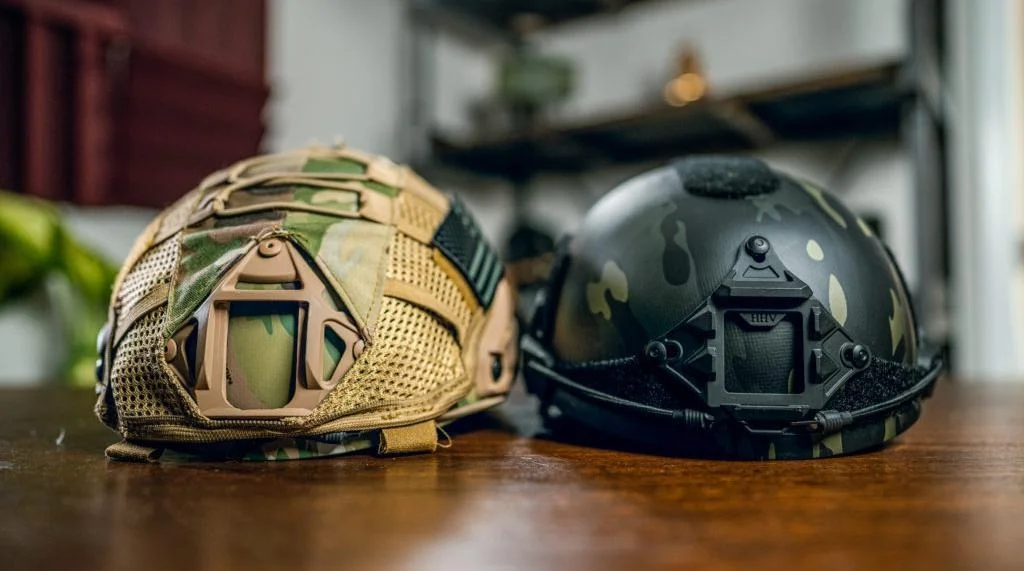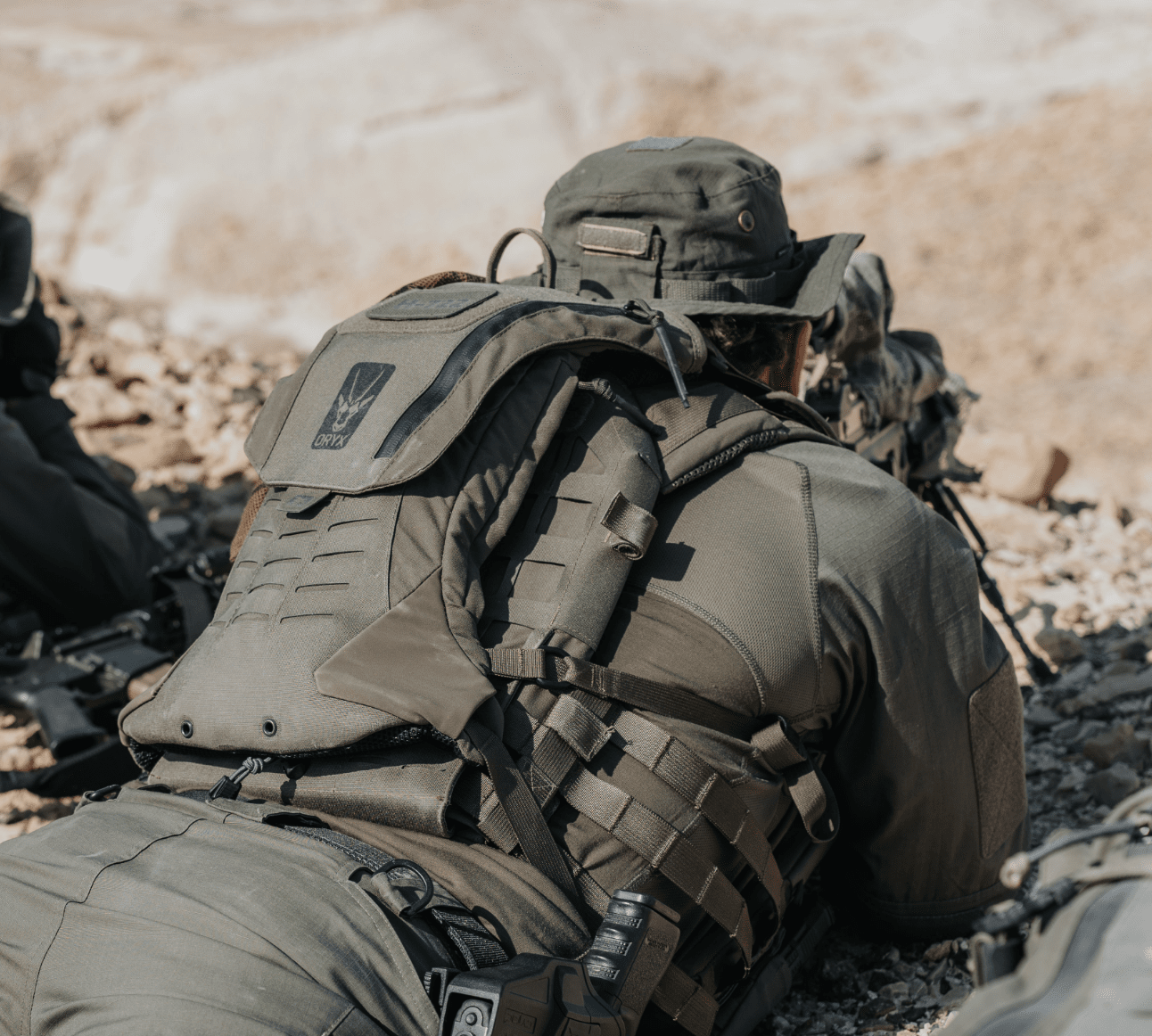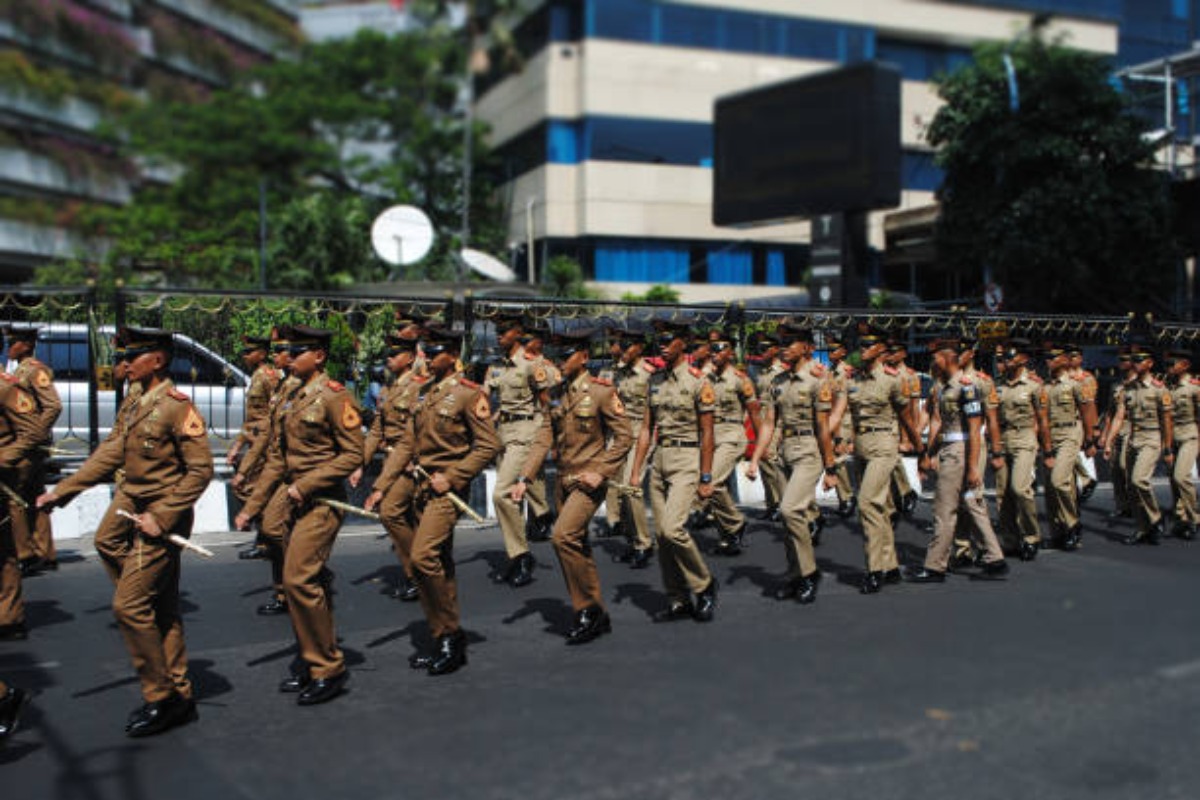Introduction
The combat uniform is a crucial aspect of the army's equipment. It not only serves as a form of identification but also provides the soldiers with necessary functionality and protection during combat situations. This article explores the various aspects of combat uniforms in the army, including their design, features, and importance in enhancing the effectiveness of soldiers in the field.
The Design of Combat Uniforms
The design of combat uniforms in the army is carefully crafted to meet the specific needs of soldiers in combat situations. These uniforms are typically made from durable and breathable materials to withstand the harsh conditions soldiers may encounter. They are designed to provide comfort, mobility, and protection while ensuring the soldiers remain identifiable as members of the army.
The Features of Combat Uniforms
Combat uniforms in the army are equipped with various features to enhance the soldiers' performance and safety. These features may include multiple pockets for carrying essential items, reinforced knee and elbow pads for added protection, adjustable cuffs for a secure fit, and ventilation systems to regulate body temperature. The uniforms are also designed to accommodate body armor and other necessary gear.
The Importance of Camouflage
Camouflage is a vital element of combat uniforms in the army. The ability to blend in with the surroundings can be crucial for soldiers during operations. Combat uniforms are designed with camouflage patterns to help soldiers remain undetected by the enemy, increasing their chances of success and reducing the risk of being targeted.
The Psychological Impact of Combat Uniforms
Combat uniforms play a significant role in the psychological aspect of warfare. They serve as a symbol of authority, unity, and professionalism, instilling a sense of pride and identity among soldiers. The uniform's distinct appearance also helps create a cohesive and disciplined military image, both internally and externally.
Combat Uniforms and Safety
Combat uniforms prioritize the safety of soldiers by incorporating features such as flame resistance, insect repellency, and moisture-wicking properties. These features help protect soldiers from potential hazards they may encounter in combat situations, ensuring their well-being and allowing them to focus on their missions.
The Evolution of Combat Uniforms
Over the years, combat uniforms in the army have evolved to adapt to changing military tactics, environments, and technology. Advances in fabric technology, camouflage patterns, and ergonomic design have significantly improved the functionality and effectiveness of combat uniforms. This continuous evolution ensures that soldiers are equipped with the best possible gear to fulfill their duties.
Standardization and Identification
Combat uniforms play a vital role in standardizing the appearance of soldiers in the army. By having a uniform dress code, it becomes easier to identify friendly forces, reducing the risk of friendly fire incidents. Additionally, combat uniforms help distinguish between different ranks and branches of the military, enabling effective command and control.
Maintaining Combat Uniforms
Proper maintenance of combat uniforms is essential to ensure their longevity and effectiveness. Soldiers are trained on how to clean, repair, and maintain their uniforms to keep them in optimal condition. Regular inspections and replacement of damaged or worn-out components are also necessary to uphold the uniform's functionality and appearance.
The Future of Combat Uniforms
The future of combat uniforms in the army is likely to involve further advancements in technology and materials. Innovations such as integrated communication systems, body monitoring sensors, and enhanced protection against chemical and biological threats may become standard features of combat uniforms. These developments will continue to enhance the capabilities of soldiers and improve their overall effectiveness in the field.



